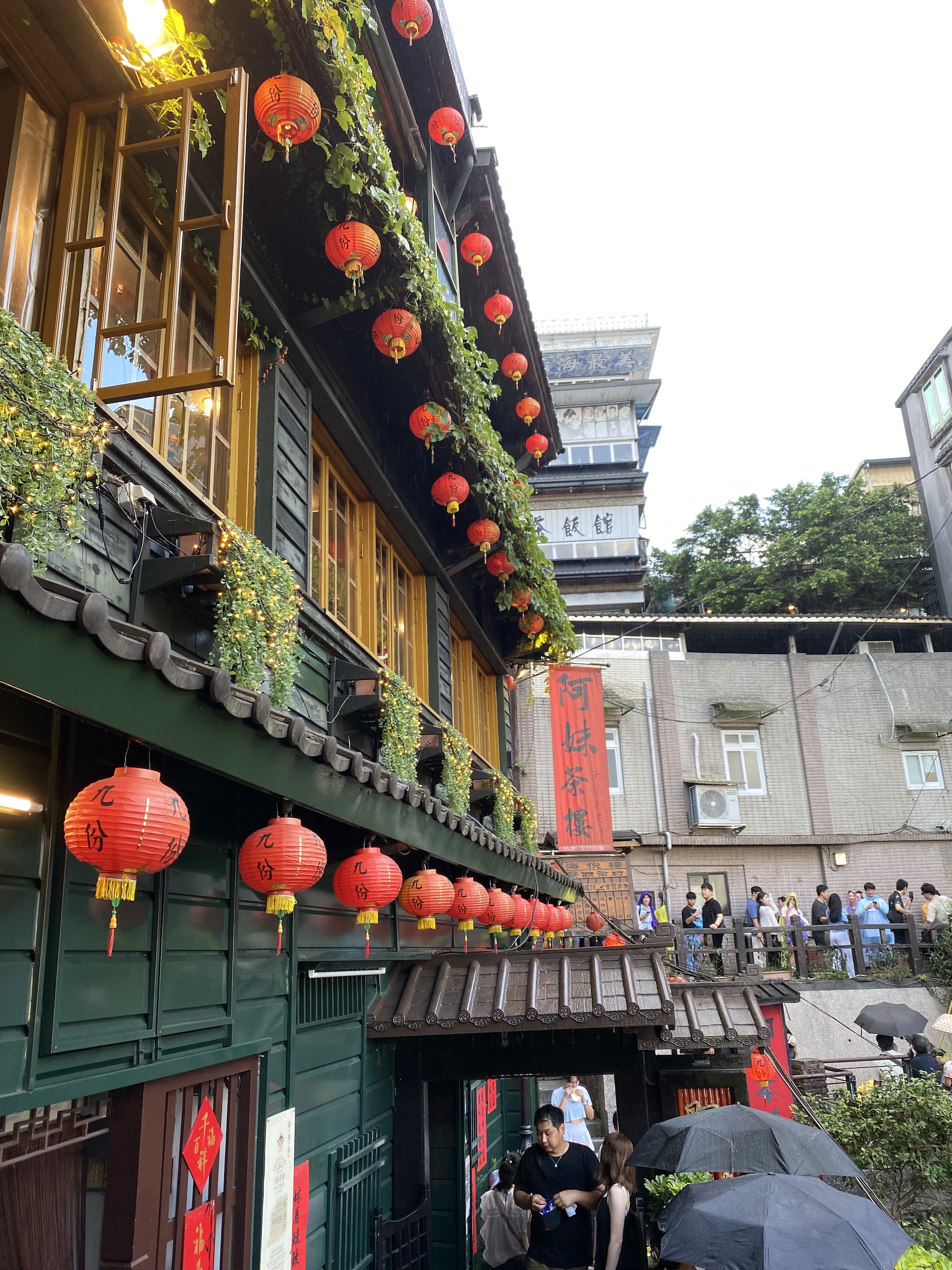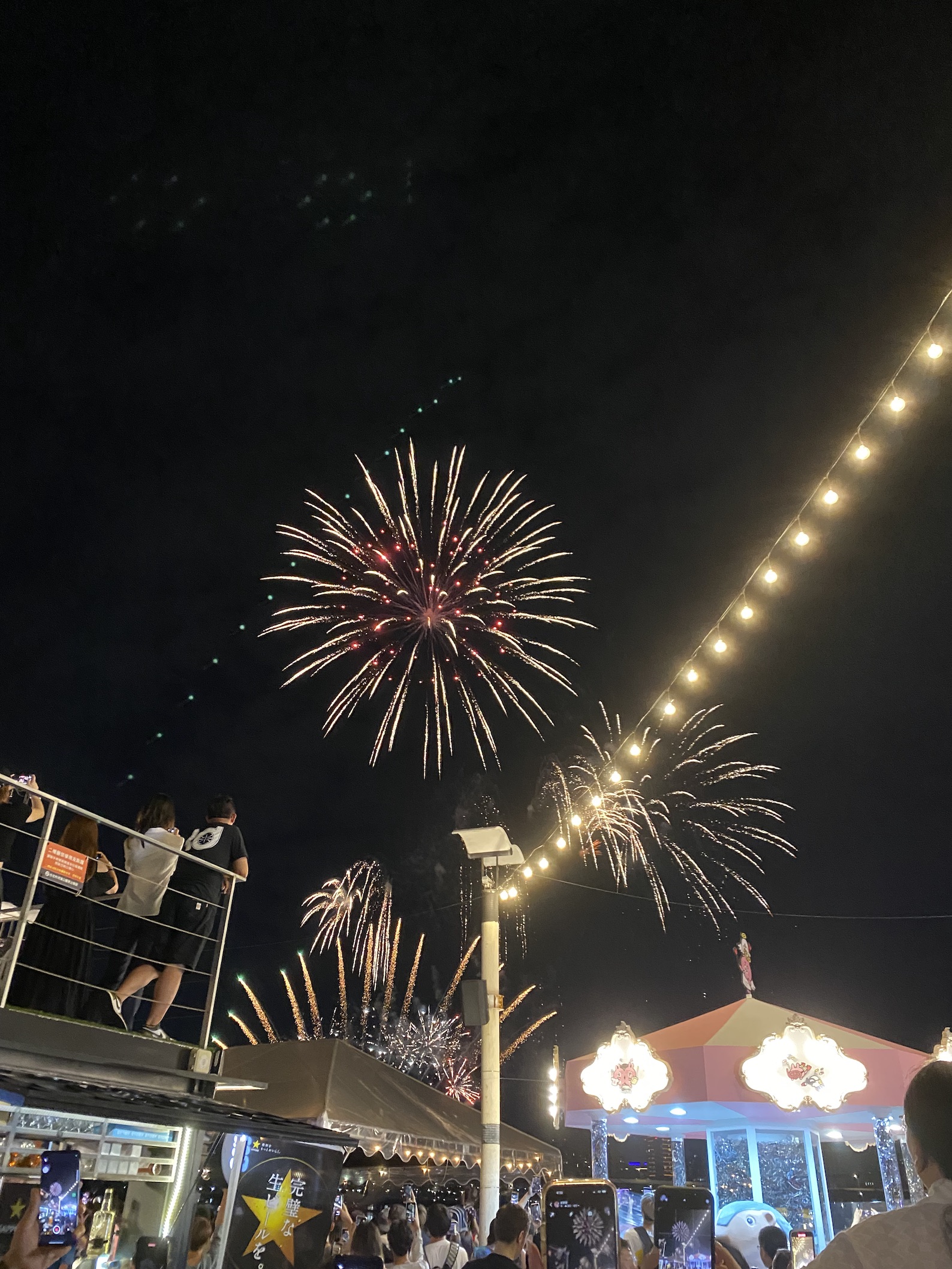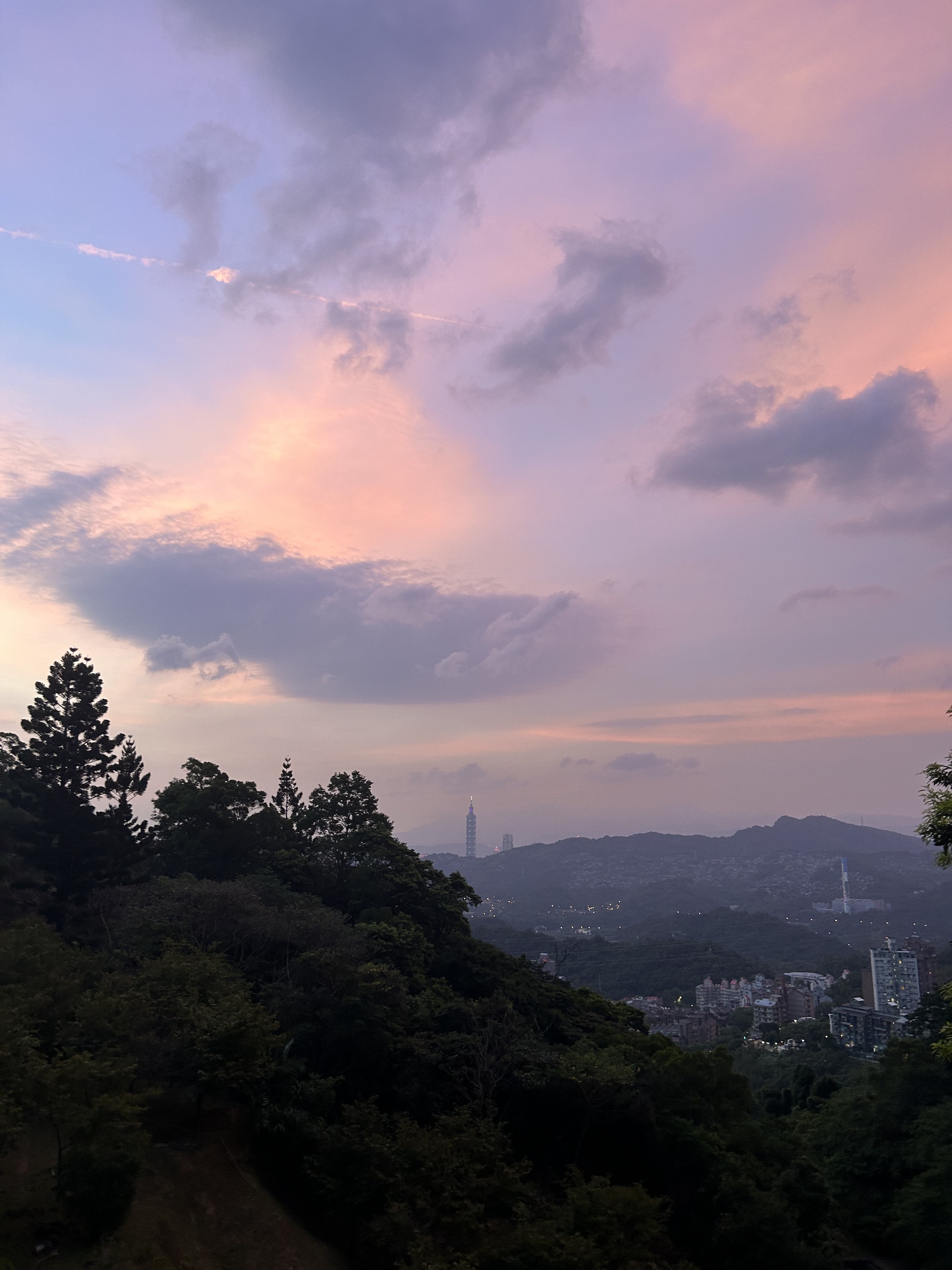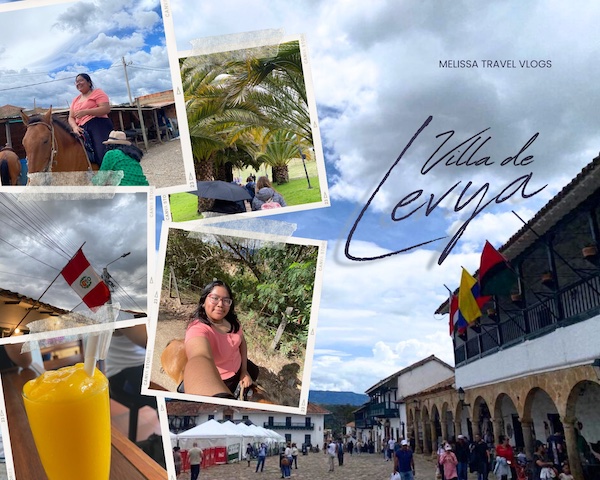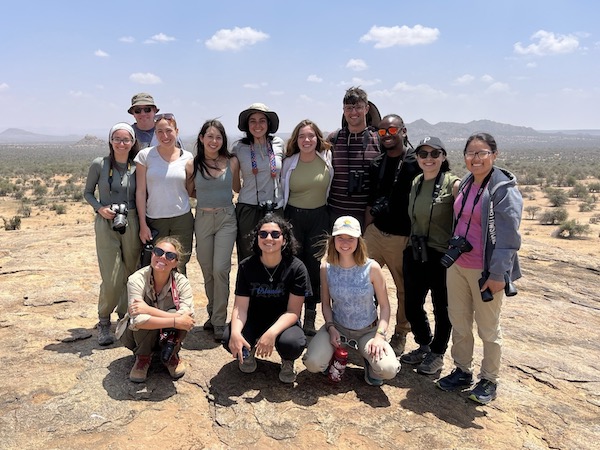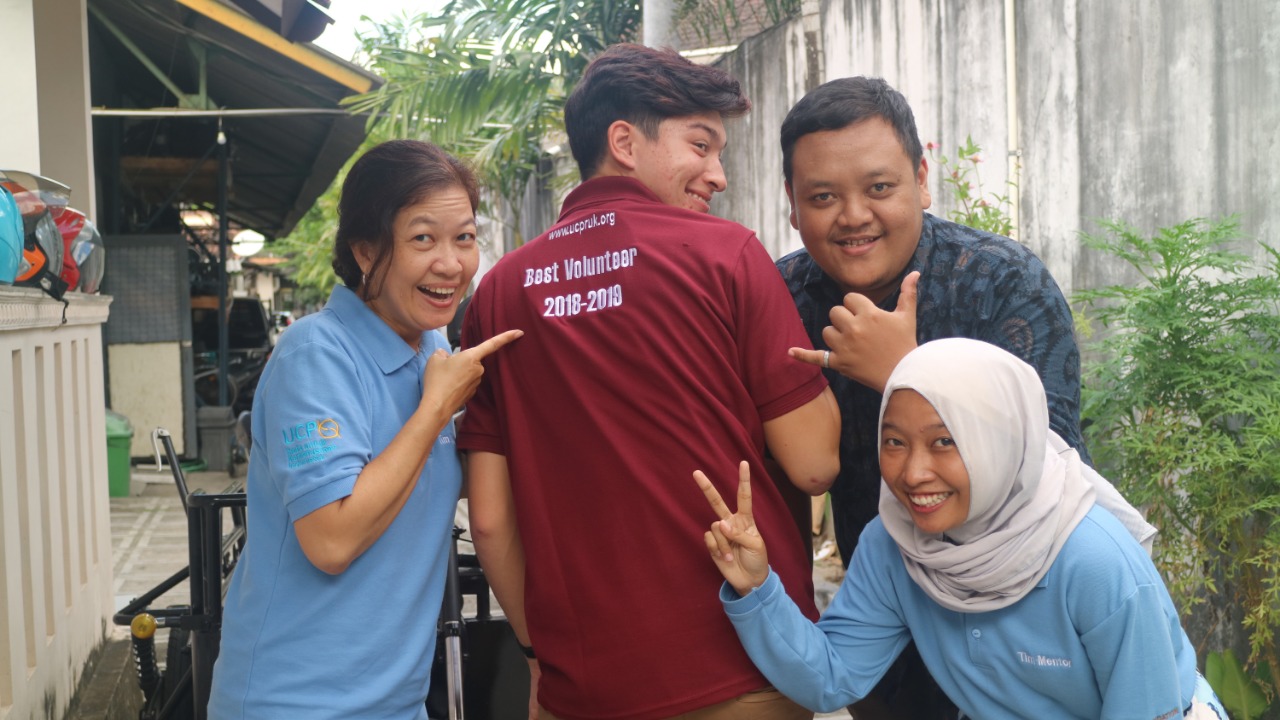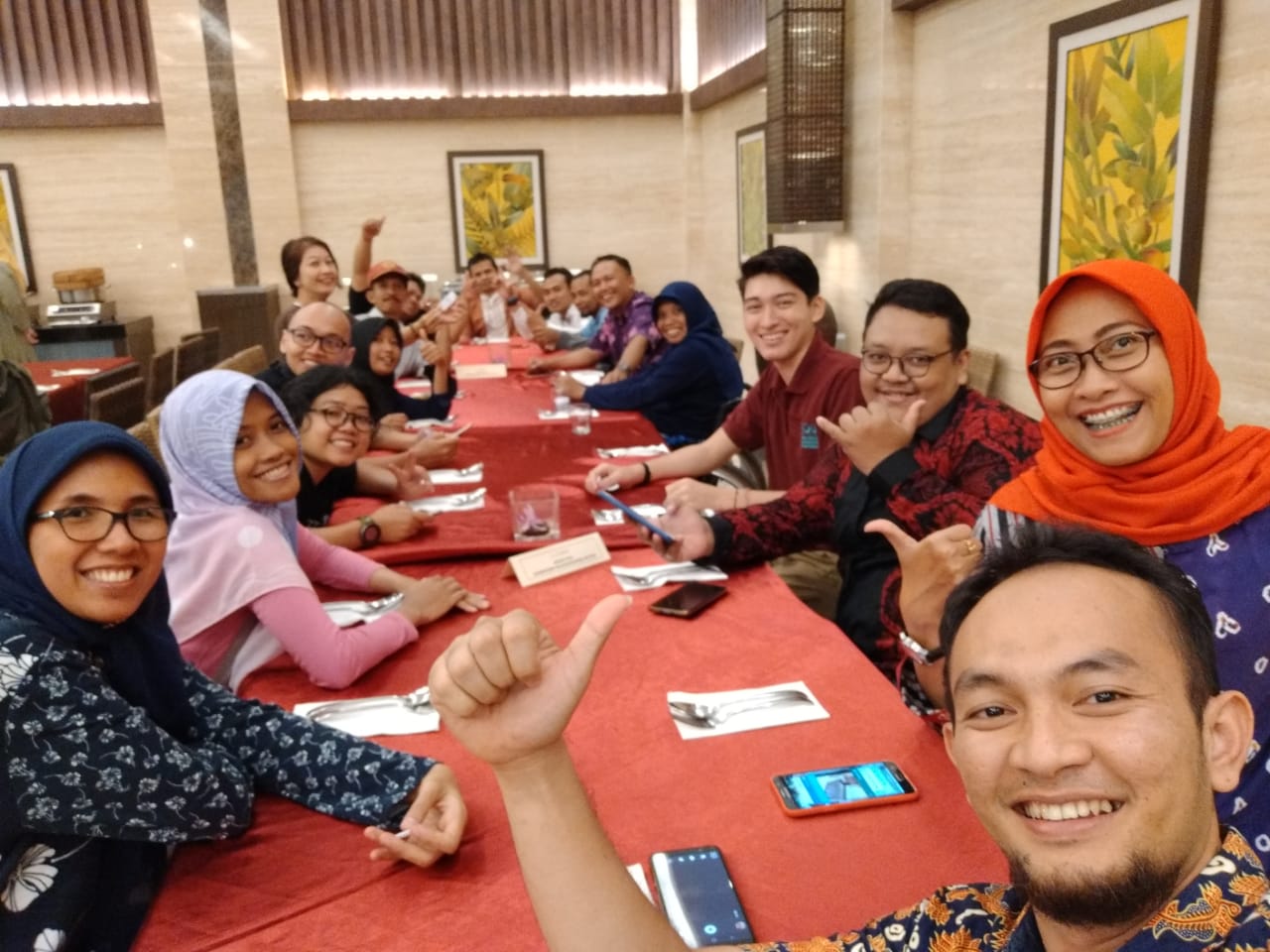Last semester (Fall 2023), I had the privilege of studying abroad at ETH Zürich in Switzerland. My experience exceeded my expectations in so many ways, and it’s hard to understate my gratitude for Princeton’s support in making this long-time dream a reality. Attending a United World College, an international boarding school, in Freiburg, Germany for Grade 11 and 12 gave me a taste of how enriching being abroad and making friends from across the globe can be, so I kept an eye out for opportunities to study abroad when applying to college.
During my first year at Princeton, I researched the study abroad options available to students in Molecular Biology and Neuroscience, the concentrations I was most interested in. ETH Zürich drew my attention because I was interested in returning to the region to travel (which COVID had prevented during high school), experiencing the immersive laboratory courses, and practicing my German. I met with students who had studied abroad at ETH, exchange students from ETH at Princeton, and a study abroad adviser at the Office of International Programs, all of whom were eager to share their insight and answer my questions. The application process was straightforward and easy to navigate, and around this time last year, I found out I would be at ETH in the fall!
After a busy summer of cancer research followed by a lovely month at home, I seemed to suddenly find myself in Switzerland. I arrived on a Sunday, and I wasn’t quite prepared for how disoriented I felt. On my way from the airport to the apartment, I was quickly reminded of the fact that most stores, including grocery stores, are closed on Sundays. I received my key to the apartment and then sat on the bed and stared at the wall, wondering what I had gotten myself into. Had I made the right choice to leave the comforts and convenience of Princeton?
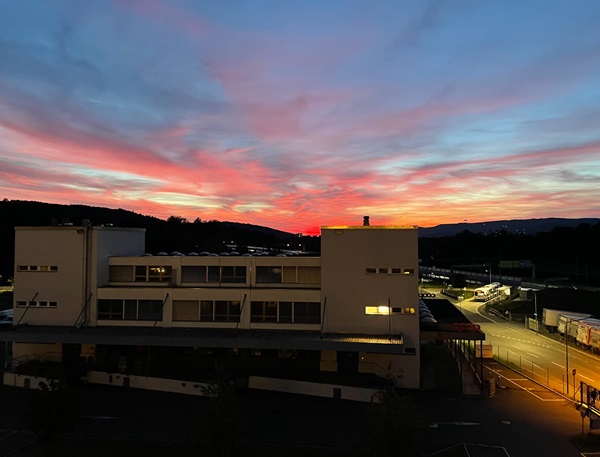
With some luck, I managed to get to campus and find my classroom for my first pre-semester German class the following morning, and slowly, with the help of other exchange students and ETH students, I learned how to navigate the public transit system, save money on groceries, and sort my recycling in a country where even paper and cardboard go into separate bins.


Academically, ETH was quite different from Princeton. I took two German classes, one ethics lecture (which counted toward Princeton’s Ethical Thought and Moral Values distribution requirement and my minor in Global Health and Health Policy), three biology lectures, and two biology labs. The lectures met once a week for about 90 minutes, which was our only chance to interact with the professors. Grades for lectures were based entirely on the final exam, which took place between late January and early February. Not having homework or midterms freed up a lot of time in the evening and on the weekend. I enjoyed cooking and reading for pleasure, things which I was rarely able to do during previous semesters at Princeton. Each lab course took place during one of four 3.5-week blocks. The labs met Tuesday afternoon, and all day Wednesday to Friday. I took two labs, meaning that for half the semester, I only had my Monday and Tuesday morning lectures. This schedule, combined with not having assessments during the semester, gave me the opportunity to travel to over 20 different cities in 10 countries. I was able to visit my high school friends and teachers, meet a friend from Princeton in Paris, host friends from Princeton and my hometown, and explore new cities with one of the other Princeton students studying abroad at ETH. Looking back, these trips were definitely what I remember most from the semester.
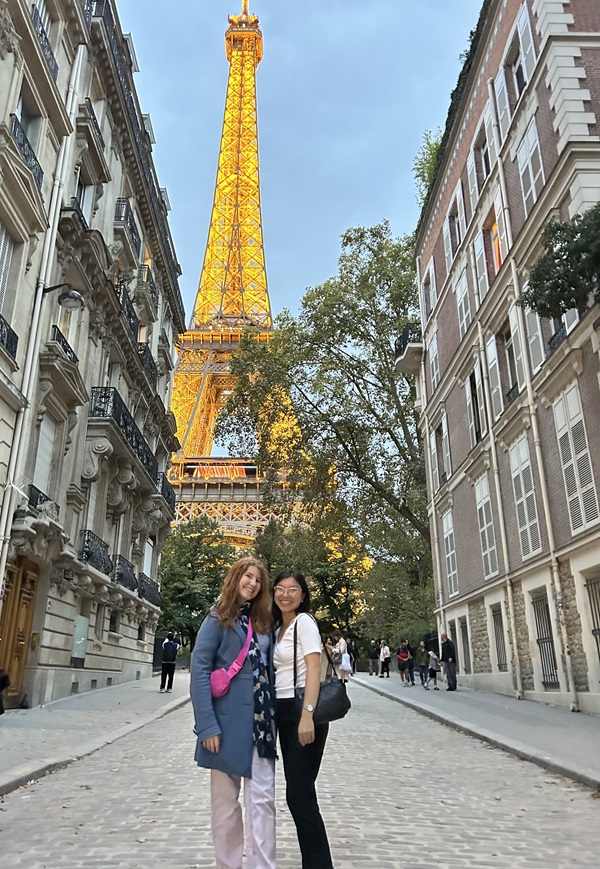
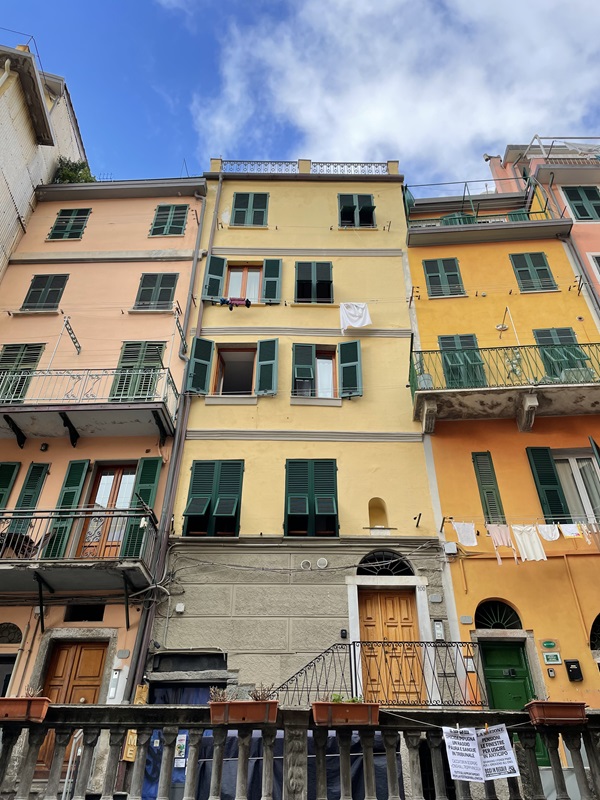


The semester also brought its share of challenges. The lack of office hours and precepts made it harder to access professors and made me feel more anonymous than I did in the large classes I have taken at Princeton. Without the motivation of problem sets and exams, I found myself pushing off reviewing for my finals until the few weeks before my exams, which also happened to overlap with the start of Princeton’s spring semester. I was able to take my abroad course finals on campus at Princeton, but this meant doubling up on studying while the new semester was underway. Socially, it could be difficult to make friends and feel integrated into the school as an exchange student, although I was lucky enough to become friends with a few of my classmates and a student I met on a social run. One thing I particularly struggled with was the short days and almost constantly gray skies in November. I was in my second lab course during this time, which meant I barely saw any daylight, then proceeded to spend my evenings alone in my room without much to do. All in all though, I enjoyed experiencing a very different educational system and observing which parts of it I appreciated. I’ve noticed upon coming back to Princeton that I’m prioritizing work-life balance more than before, making the time to exercise, cook in my co-op, 2D, and attend fun events with friends on the weekend like basketball games and movies sponsored by the Undergraduate Student Government, Davis International Center, and various clubs on campus.
Whether you’re a prospective student curious about studying abroad or a current student wondering whether it’s right for you, I highly encourage you to consider it! I have learned so much about life beyond my own experiences, become much more independent and adventurous (not to mention adept at planning trips), and returned to Princeton with excitement and a fresh set of eyes. What has surprised me most has been how many people I recognize walking from place to place and how easy it is to grab a meal with someone to catch up, both of which make me grateful for Princeton’s small student population and campus-centered student life. I would be more than happy to share more about my experience or answer any questions at the email listed in my bio!







